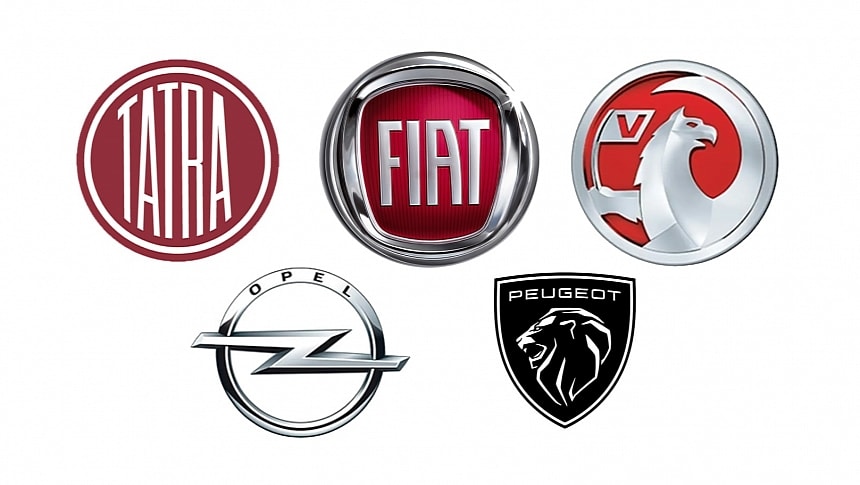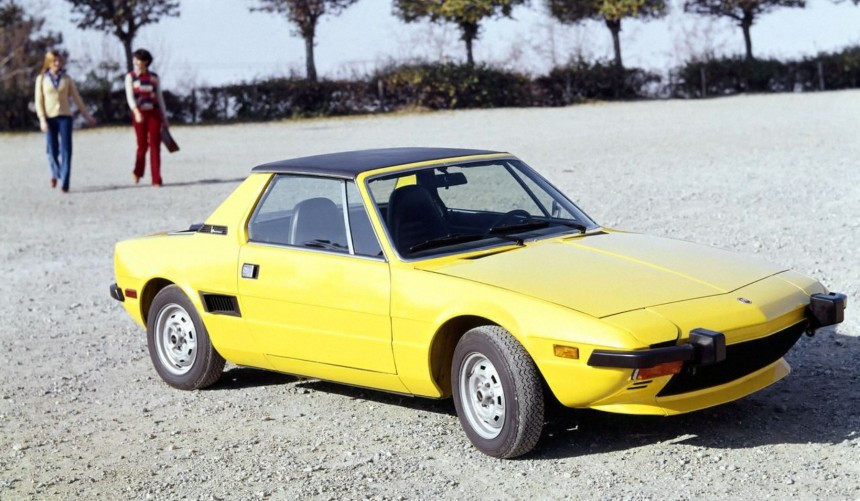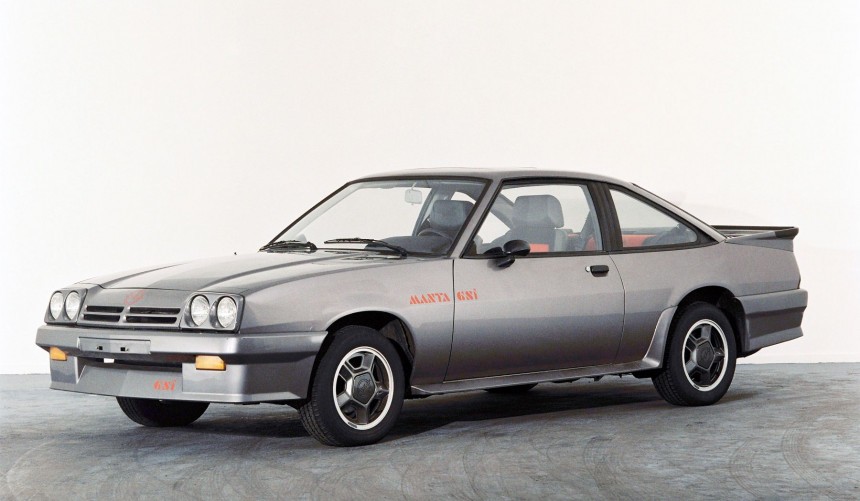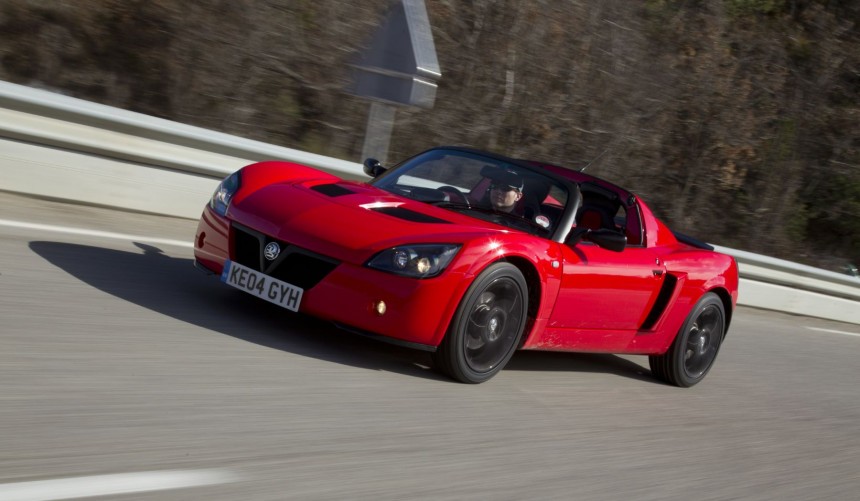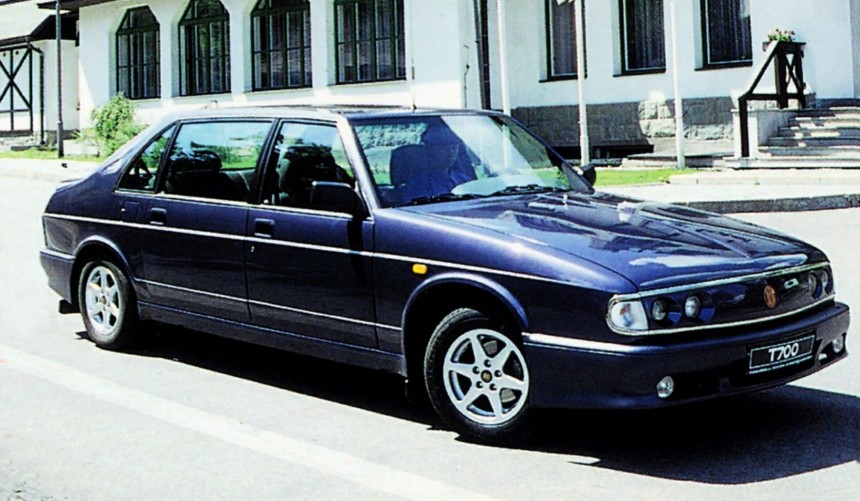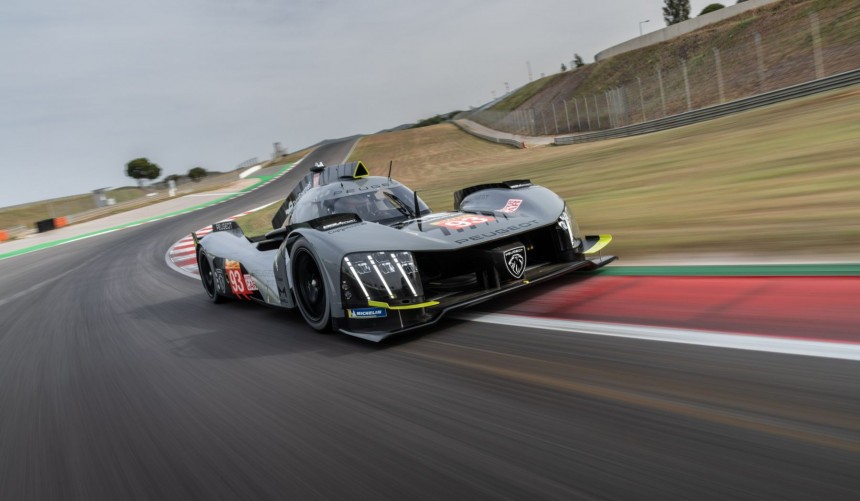Since the first automobile was conceived, existing or new manufacturing companies took on the task of building cars. Some of those early companies disappeared, while these five have managed to remain successful and are still around today.
People have tried to replace horse-drawn carriages with self-propelled vehicles since the 17th century. The first documented attempt was designed in China around 1672 when Ferdinand Verbiest, a Flemish member of a Jesuit mission, sketched a steam-powered vehicle.
According to multiple sources, the first functional self-propelled vehicle was built in 1769 by Frenchmen Nicolas-Joseph Cugnot, while the first feasible production car powered by an internal combustion engine was developed by German engineer Karl Benz in 1879.
Over the next 50 years, automotive design progressed at a mind-blowing pace and expanded all over the world. Thanks to Henry Ford's integration of production lines, manufacturing, as well as development, improved even further, leading to the establishment of a multitude of carmakers all across the world.
However, while a huge number of brands have existed during the last century, only a few are still around today.
Fabbrica Italiana Automobili di Torino (Italian Automobile Factory of Turin), or FIAT, for short, is Italy's largest automotive manufacturer.
Its story starts in the summer of 1899 when successful businessman Giovanni Agnelli and a group of investors aimed to expand into the promising automotive sector by creating a new company.
The first plant opened a year later and started manufacturing cars with a small staff of 35 employees.
Just a decade later, FIAT became Italy's largest carmaker and expanded on North American shores by opening a new facility in Poughkeepsie, NY.
Though that facility was sold to Duesenberg in 1918, FIAT continued expanding and thriving even through turbulent times plagued by two world wars and multiple regime changes back home in Italy.
By the 1990s, FIAT became one of Europe's biggest carmakers, and its brand portfolio included legendary names like Ferrari, Alfa Romeo, and Lancia.
Today, FIAT owns a stake in Chrysler and is one of the core members of the Stellantis mega-corporation.
Once GM's European brand, Opel was founded in Rüsselsheim, Hesse, Germany, on January 21, 1862 by Adam Opel.
At the time, it only manufactured sewing machines, but since 1886, it started manufacturing high-wheel bicycles (aka penny-farthings).
Opel's first car was introduced in 1899, but it failed to impress, with only 65 units being built during a three-year production run.
Nevertheless, the company continued developing cars, and by the late-1920s, it became the first German carmaker to incorporate a mass-production assembly line.
Over the next few years, Opel became one of Germany's leading luxury carmakers, which attracted the interest of American corporation General Motors.
Capitalizing on Opel's financial struggles, GM acquired the brand in 1929 and continued to own it until 2017, when it was sold to the PSA Group (Peugeot-Citroen)
During its history, Opel has built some great cars, including the Chevette, Astra, Vectra, Calibra, Manta, and GT.
For most of its history, Vauxhall has sold re-badged Opels in UK markets, but the company has a rich history that started in the 19th century.
Established in 1857 in the Vauxhall area of London, England, the firm was initially called Alex Wilson Company (after its founder), and it manufactured marine engines.
In 1903, it produced its first car, and two years after it moved to a new production facility in Luton (1905), the company became Vauxhall Motors.
Thanks to the engineering brilliance of Laurence Pomeroy, who joined the company in 1906, Vauxhall became one of the most respected British carmakers in the following decade.
By 1925, Vauxhall had been acquired by GM, which had saved it from a financial disaster by repositioning the corporation from the low-volume, upscale market to a mass-produced, mid-level entry.
Over the next decades, the brand's products became intertwined with Opel's, sharing all but different badges.
Nevertheless, Vauxhall had one of Britain's most talented design teams, which developed concept cars like the 1966 XVR or the 1970 SRV.
Today, the company is still around under the Stellantis corporate umbrella, offering re-badged RHD Opels in the UK.
No, it's not Tata, the Indian company that owns Jaguar and Land Rover, but Tatra, a company from the Czech Republic that was founded in 1850.
Probably the least famous entry on this list, Tatra began as a horse-drawn vehicle manufacturer called Ignatz Schustala & Cie.
In 1890, the company began developing railroad cars, and seven years later, it moved to automobiles, gathering inspiration from an ICE-powered Benz.
The company began using the Tatra moniker in 1917 as it continued to build and develop passenger cars.
Some of Tatra's most notable production cars are the rear-engined 603, the Vignale-designed 613, and the luxurious 700.
Although it currently doesn't manufacture passenger cars, Tatra is still around, developing heavy-duty trucks for civilian and military use.
Peugeot is a French carmaker currently synonymous with good, but not incredible, passenger cars, particularly for Europeans. For people based in the US, the name might not ring any familiar bells since the carmaker hasn't officially marketed any of its cars in the country since 1991.
However, to motorsport enthusiasts, Peugeot is a huge name that can be associated with either the epic WRC-winning 205 Turbo 16, the three 24 Hours of Le Mans triumphs, or even the company's brief involvement in Formula 1.
Apart from that, Peugeot is one of the oldest companies in the automotive industry and the oldest that's still around today.
Established in 1810 as a steel foundry, the company moved to produce hand tools, and around 1880, it began producing bicycles.
Peugeot's first automobile, a three-wheeled, steam-powered car, was produced in 1889 after founder Armand Peugeot was convinced by Gottlieb Daimler that self-propelled vehicles were the wave of the future.
According to multiple sources, the first functional self-propelled vehicle was built in 1769 by Frenchmen Nicolas-Joseph Cugnot, while the first feasible production car powered by an internal combustion engine was developed by German engineer Karl Benz in 1879.
Over the next 50 years, automotive design progressed at a mind-blowing pace and expanded all over the world. Thanks to Henry Ford's integration of production lines, manufacturing, as well as development, improved even further, leading to the establishment of a multitude of carmakers all across the world.
However, while a huge number of brands have existed during the last century, only a few are still around today.
FIAT
Its story starts in the summer of 1899 when successful businessman Giovanni Agnelli and a group of investors aimed to expand into the promising automotive sector by creating a new company.
The first plant opened a year later and started manufacturing cars with a small staff of 35 employees.
Just a decade later, FIAT became Italy's largest carmaker and expanded on North American shores by opening a new facility in Poughkeepsie, NY.
Though that facility was sold to Duesenberg in 1918, FIAT continued expanding and thriving even through turbulent times plagued by two world wars and multiple regime changes back home in Italy.
By the 1990s, FIAT became one of Europe's biggest carmakers, and its brand portfolio included legendary names like Ferrari, Alfa Romeo, and Lancia.
Today, FIAT owns a stake in Chrysler and is one of the core members of the Stellantis mega-corporation.
Opel
At the time, it only manufactured sewing machines, but since 1886, it started manufacturing high-wheel bicycles (aka penny-farthings).
Opel's first car was introduced in 1899, but it failed to impress, with only 65 units being built during a three-year production run.
Nevertheless, the company continued developing cars, and by the late-1920s, it became the first German carmaker to incorporate a mass-production assembly line.
Over the next few years, Opel became one of Germany's leading luxury carmakers, which attracted the interest of American corporation General Motors.
Capitalizing on Opel's financial struggles, GM acquired the brand in 1929 and continued to own it until 2017, when it was sold to the PSA Group (Peugeot-Citroen)
During its history, Opel has built some great cars, including the Chevette, Astra, Vectra, Calibra, Manta, and GT.
Vauxhall
Established in 1857 in the Vauxhall area of London, England, the firm was initially called Alex Wilson Company (after its founder), and it manufactured marine engines.
In 1903, it produced its first car, and two years after it moved to a new production facility in Luton (1905), the company became Vauxhall Motors.
Thanks to the engineering brilliance of Laurence Pomeroy, who joined the company in 1906, Vauxhall became one of the most respected British carmakers in the following decade.
By 1925, Vauxhall had been acquired by GM, which had saved it from a financial disaster by repositioning the corporation from the low-volume, upscale market to a mass-produced, mid-level entry.
Over the next decades, the brand's products became intertwined with Opel's, sharing all but different badges.
Nevertheless, Vauxhall had one of Britain's most talented design teams, which developed concept cars like the 1966 XVR or the 1970 SRV.
Today, the company is still around under the Stellantis corporate umbrella, offering re-badged RHD Opels in the UK.
Tatra
Probably the least famous entry on this list, Tatra began as a horse-drawn vehicle manufacturer called Ignatz Schustala & Cie.
In 1890, the company began developing railroad cars, and seven years later, it moved to automobiles, gathering inspiration from an ICE-powered Benz.
The company began using the Tatra moniker in 1917 as it continued to build and develop passenger cars.
Some of Tatra's most notable production cars are the rear-engined 603, the Vignale-designed 613, and the luxurious 700.
Although it currently doesn't manufacture passenger cars, Tatra is still around, developing heavy-duty trucks for civilian and military use.
Peugeot
However, to motorsport enthusiasts, Peugeot is a huge name that can be associated with either the epic WRC-winning 205 Turbo 16, the three 24 Hours of Le Mans triumphs, or even the company's brief involvement in Formula 1.
Apart from that, Peugeot is one of the oldest companies in the automotive industry and the oldest that's still around today.
Established in 1810 as a steel foundry, the company moved to produce hand tools, and around 1880, it began producing bicycles.
Peugeot's first automobile, a three-wheeled, steam-powered car, was produced in 1889 after founder Armand Peugeot was convinced by Gottlieb Daimler that self-propelled vehicles were the wave of the future.
